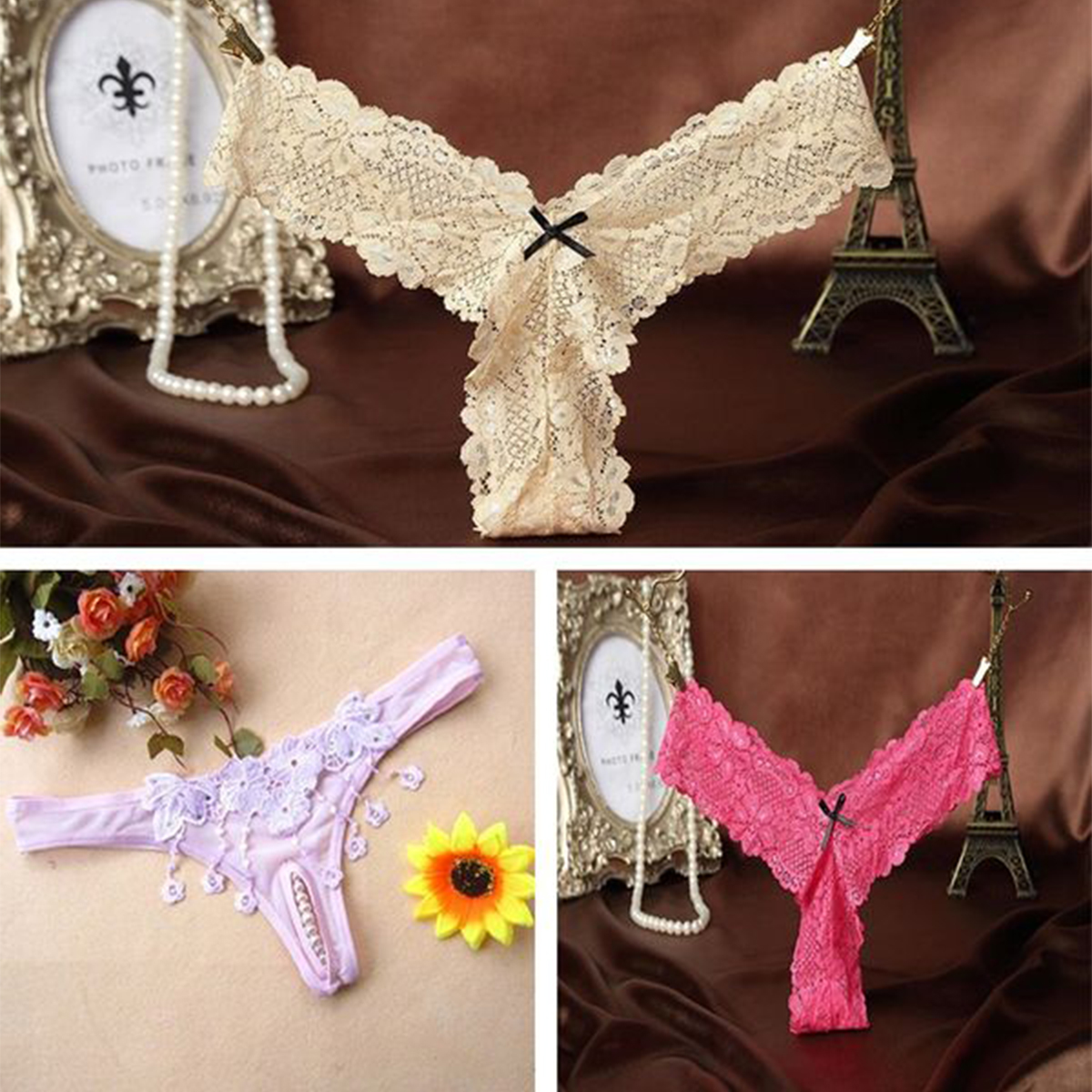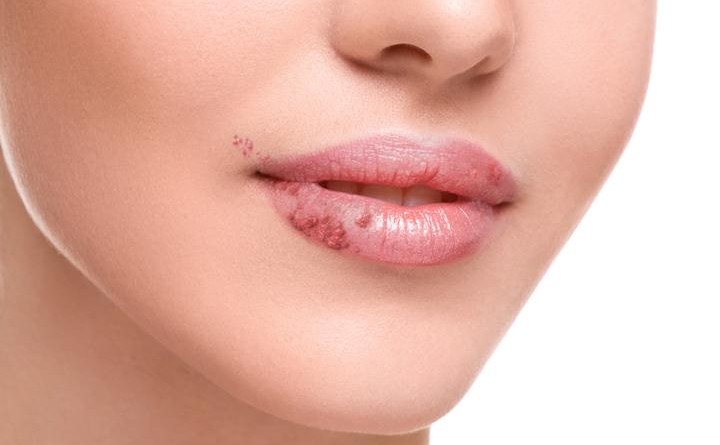Cold Sores Information
Cold sores, also known as fever blisters or “herpes labialis” are caused by a lip infection by HSV-1 (herpes simplex virus). Usually one can see it around the mouth or on the lips. Cold sores information that everybody needs to know is that once the virus penetrates your system and is in your body, it will stay there. There is no cure, so to speak. As a rule, fever blisters form within 2-21 days and go into remission after 2-3 weeks. The virus hits people whose immune system is weakened for various reasons. What other cold sores information should one be aware of? It is easily transmittable. It transmits by means of touching the open cold sores, kissing, from open sores to open sores, from one spot on the body to another, by saliva and liquids (drinking from the same cup or bottle). It travels easily. Thus, if you know that you may have it, be very careful around children and your loved ones. Another useful piece of cold sores information has to do with the fact that herpes virus is polytropic, meaning that it may infect pretty much anything, depending on abnormalities in the functioning of the immune system.
Cold Sores Symptoms
It is usually associated with catching cold, hence its colloquial name cold sores, but it doesn’t necessarily have anything to do with it. According to certain cold sores information, about 80-90% of the population of our planet are carriers of HSV, and only about 20% visually manifest its symptoms. How can we know we have been infected with the herpes virus? First of all, watch for fever blisters on and around your mouth. And by no means try to tear it open; it will only cause larger outbreak of cold sores. Prior to their appearance, one will feel certain itching and burning in the area they will later appear. At times, it is somewhat similar to the formation of pimples. Then small bubbles or fever blisters start showing up, usually in clusters. Next stage, probably the most contagious one, happens when the tiny blisters break open, creating big cold sores with filled with liquid. When ulcers break open, they discharge highly contagious fluids. During the next stage yellowish crust begins to form covering fever blisters. It feels much better- it doesn’t itch as much. However, stay away from scraping or picking at it. If these stages are endured without relapsing, then crusting is followed by healing and formation of new skin that covers the skin damaged by cold sores.
Cold Sores Treatment
According to cold sores information available, as previously stated, there is no cure or vaccine from HSV. But there is a way to prevent it from breaking out on your skin with fever blisters. Make sure to stay away (physically) from those who display cold sores on their lips. However, if once caught, you’d need to treat it properly in order to cure the symptoms quicker without infecting your loved ones. There is a variety of medicine that can be used to treat cold sores and open ulcers of this type and reduce frequency and duration of breakouts. Docosanol has been proven to be quite effective in fighting HSV by topical application. Among antivirals, aciclovir, valaciclovir, famciclovir and penciclovir have also given effective treatment of the condition and herpes virus in general. Pay attention to coverage given in this article and educate yourself by reading other cold sores information, which may protect you and your family.
Featured Image: depositphoto/AY_PHOTO




